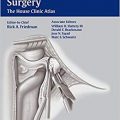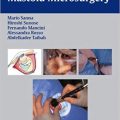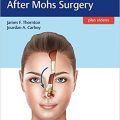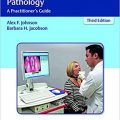Otology, Neurotology, and Lateral Skull-Base Surgery:: An Illustrated Handbook, 1e
by Oliver F. Adunka Page
Product Details:
- Hardcover: 468 pages
- Publisher: TPS; Illustrated edition (October 11, 2010)
- Language: English
- ISBN-10: 3131450215
- ISBN-13: 978-3131450210
- Amazon Price: $169.99
- Points to download: 150 Points
- Format: Original Publisher PDF
- File Size: 47.9 MB
- Download link below.
Download Link:
This post contains protected content. You must be logged in and have 150 points to unlock it.
Description:
Otology, Neurotology, and Lateral Skull Base Surgery: An Illustrated Handbook combines the most relevant information on this complex subspecialty into a comprehensive, yet highly accessible resource.
Chapters feature succinct explanatory text combined with clear, carefully formulated color plates to help readers quickly grasp the complex nature of the underlying basic principles, the various diagnostic tools, as well as disease-specific medical and surgical management. An extensive chapter provides dedicated coverage of contemporary surgical techniques for the ear and temporal bone, and of the special considerations relevant for neurotologic disorders. The book closes with a temporal bone dissection guide specifically designed for residents that illustrates the intricate anatomy of the temporal bone using high-quality cadaver images.
Features:
Offers a straightforward overview of the anatomy, physiology, and pathophysiology of the temporal bone and central auditory and vestibular pathways
Reviews the entire subspecialty of otology, neurotology, and lateral skull base surgery and covers both medical and surgical concepts
Includes over 830 full-color illustrations arranged on 158 color plates
Provides a comprehensive dissection guide for use in the temporal bone lab
This handbook is the ideal study tool and easy-to-use reference for otolaryngology residents, fellows in subspecialty training, and practicing otolaryngologists during clinical routine.






























